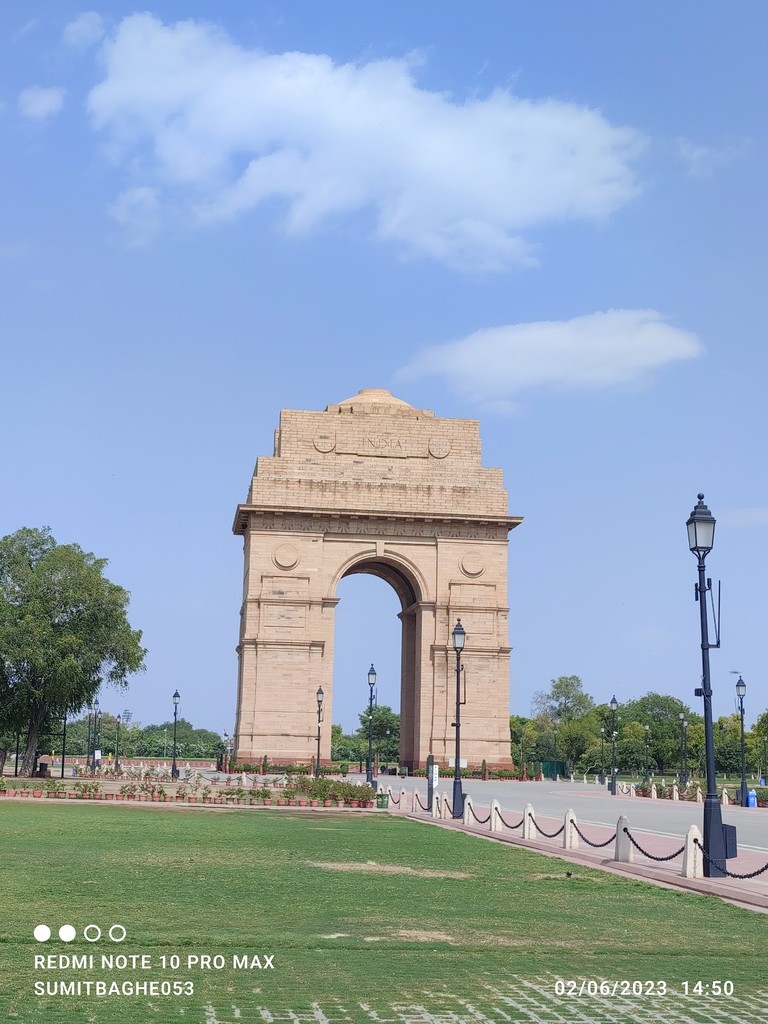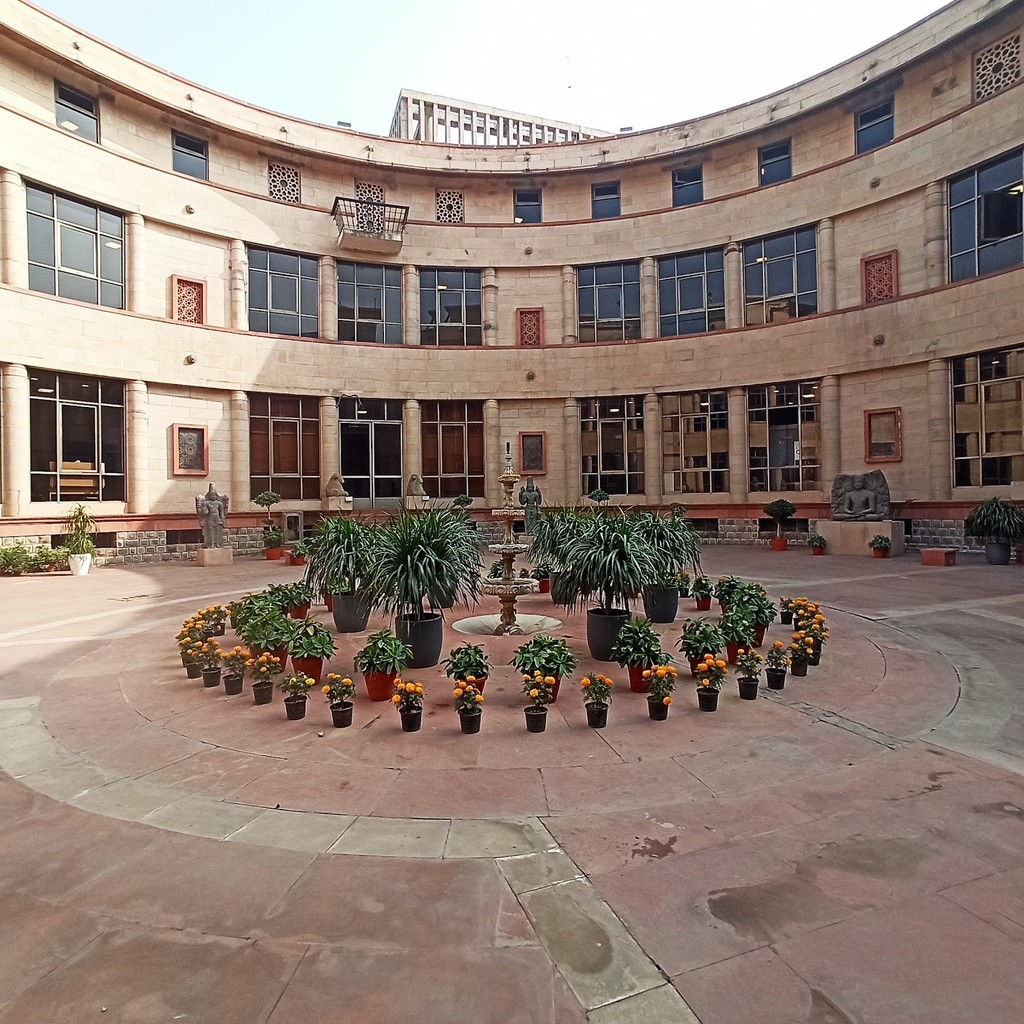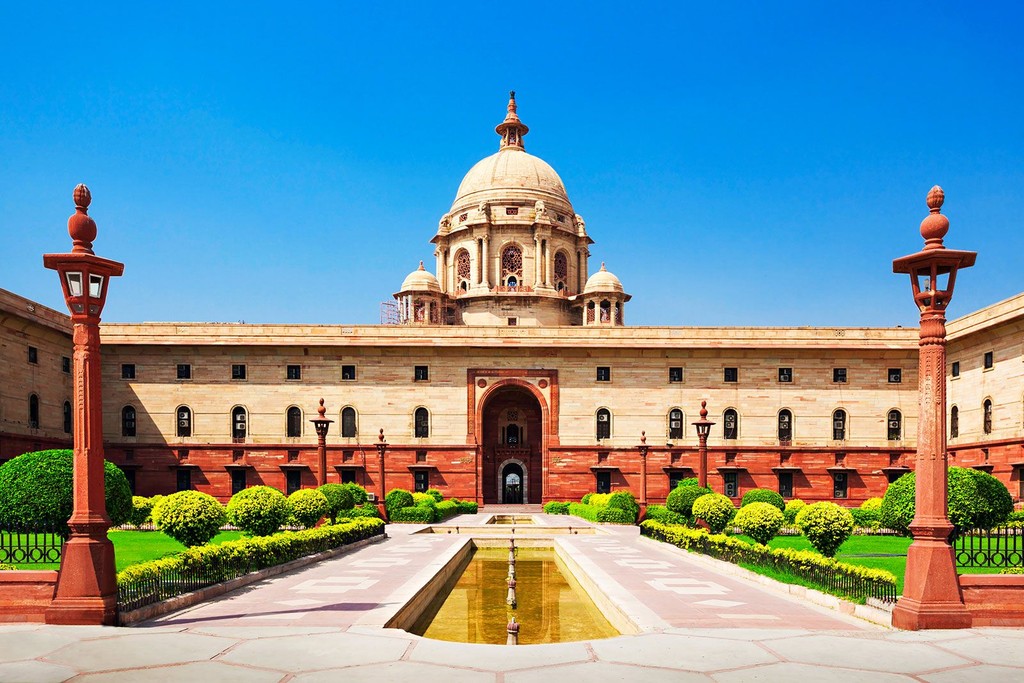Architectural Wonders of Delhi Unveiled
Join our free walking tour to explore Delhi's rich architectural heritage, from grand monuments to cultural treasures, perfect for architecture enthusiasts.
Time
3 Hours
Stops
3 Places
Distance
3.0 km
India Gate
Start your tour at India Gate, an iconic war memorial built in the early 20th century, showcasing the grandeur of British colonial architecture.

India Gate (Source: Google Maps)
India Gate, a prominent landmark in the heart of Delhi, was built in 1931 as a memorial to the soldiers who died in World War I. Designed by Sir Edwin Lutyens, it exemplifies the grandeur of British colonial architecture. The arch stands 42 meters tall and is inscribed with the names of over 13,000 soldiers. The structure, made of red sandstone and granite, is surrounded by lush lawns, making it a popular gathering place for locals and tourists alike. At night, the monument is beautifully illuminated, enhancing its majestic presence. India Gate holds cultural significance as a symbol of national pride and remembrance, often serving as a venue for various national events and celebrations.
National Museum
Head towards the National Museum, which houses an extensive collection of art and artifacts, giving insight into India's rich cultural heritage.

National Museum (Source: Google Maps)
The National Museum in Delhi, established in 1949, is one of the largest museums in India, showcasing a vast collection of over 200,000 artifacts. It provides a comprehensive overview of the country's rich history and cultural heritage, spanning from prehistoric times to the modern era. The museum's galleries house exquisite sculptures, paintings, textiles, and decorative arts, reflecting India's diverse artistic traditions. Notable exhibits include the Harappan civilization artifacts, the famous bronze statue of the Dancing Girl, and ancient manuscripts. The museum plays a vital role in education and research, attracting scholars and art enthusiasts from around the world. Its architectural design, featuring a blend of modern and traditional elements, complements the historical significance of the collections it houses.
Rashtrapati Bhavan
A short walk from India Gate, visit Rashtrapati Bhavan, the official residence of the President of India, known for its stunning blend of Mughal and European architectural styles.

Rashtrapati Bhavan (Source: Google Maps)
Rashtrapati Bhavan, the official residence of the President of India, is an architectural marvel that symbolizes the nation's governance. Completed in 1929, it was designed by Sir Edwin Lutyens and is a prime example of Indo-Saracenic architecture, blending Mughal and European styles. The building features 340 rooms, a grand dome, and beautifully landscaped gardens, known as the Mughal Gardens, which are open to the public during certain times of the year. Rashtrapati Bhavan serves not only as a residence but also as a venue for official functions and ceremonies, reflecting India's democratic values. The grandeur of the structure and its historical significance make it a key landmark in Delhi, representing the country's rich cultural heritage and political history.

Your travels, your rules.
Create your own Free Walking Tours.
Set your preferences, distances and anything you want to do or see.
Completely free, no payment required.